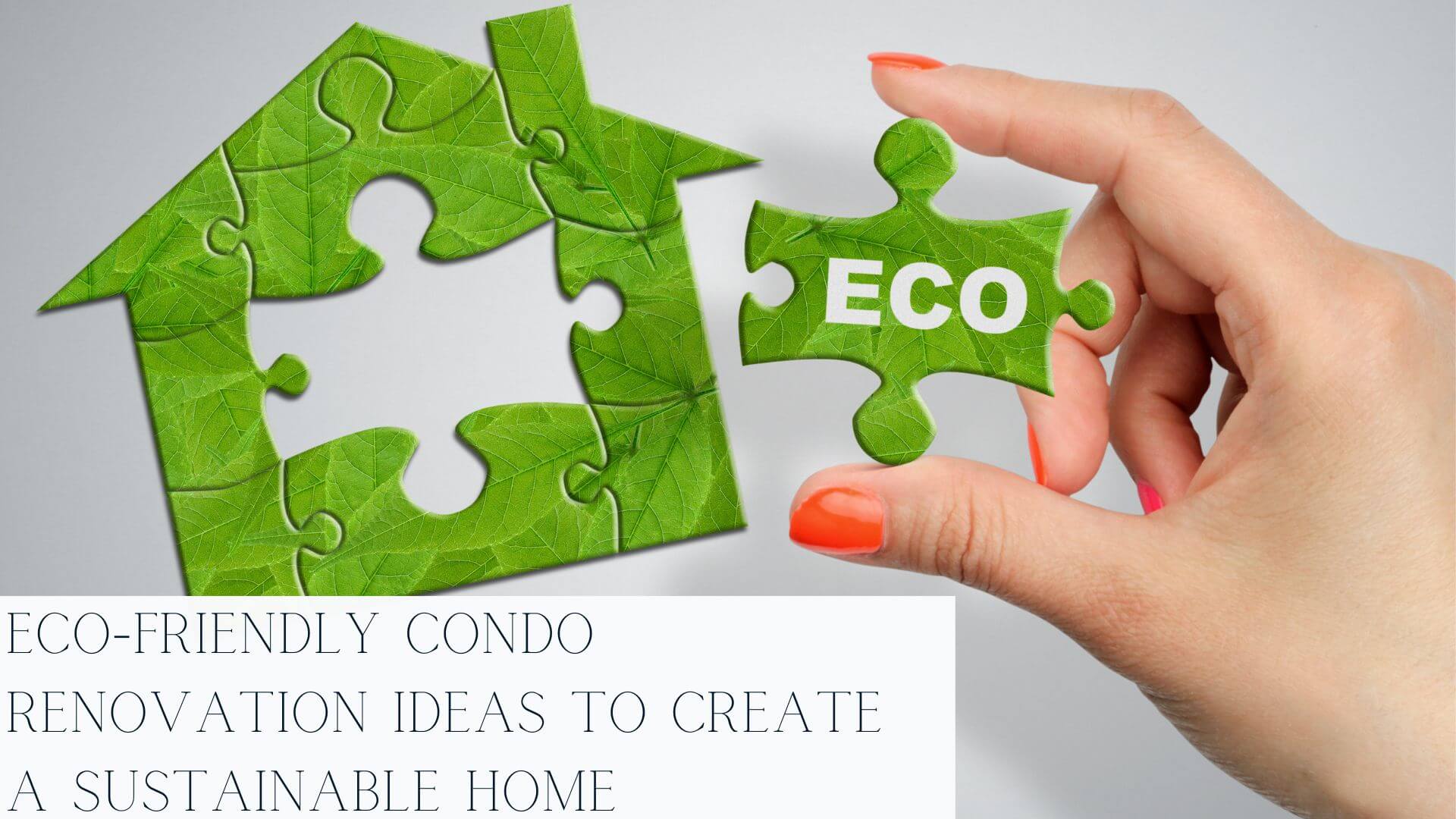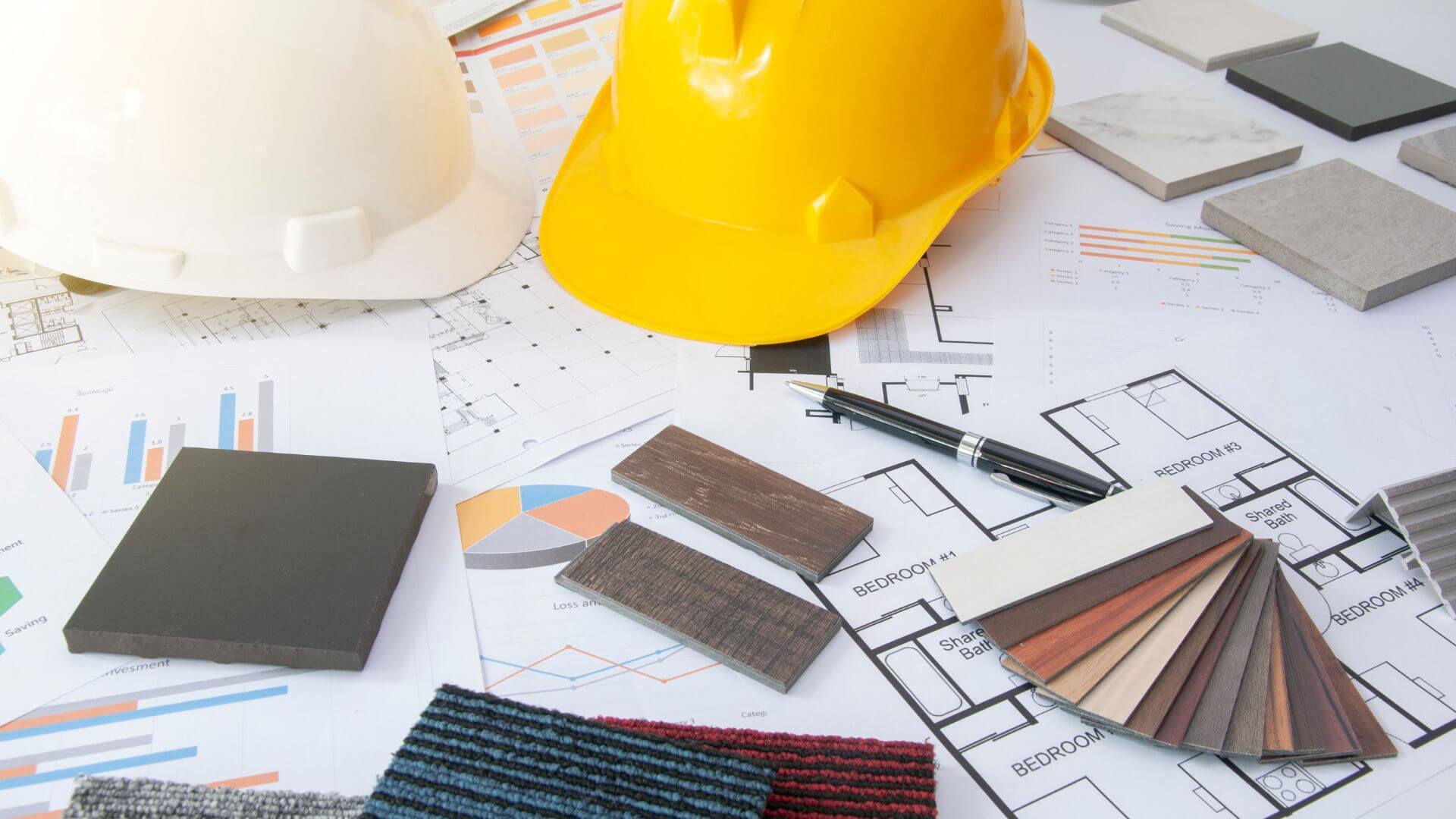Your cart is currently empty!
What Singapore’s Green Plan Entails
The sustainable goals presented in the Singapore Green Plan 2030 are aimed at guiding Singapore towards a more sustainable and resilient future. Here is a summary of the key sustainability goals outlined in the plan:
-
-
-
- Green economy – to pursue green growth and create sustainable jobs by promoting green industries, investing in research and development, and adopting sustainable practices in various sectors.
- Sustainable energy – to enhance energy efficiency, increase the deployment of renewable energy sources, and reduce carbon emissions to mitigate climate change and ensure a sustainable energy future for Singapore.
- Sustainable living – to encourage sustainable consumption and production patterns among individuals and businesses, i.e. promoting recycling and reducing waste, adopting sustainable modes of transportation, and fostering a sustainable and liveable built environment.
- Resilient city – building a resilient and climate-ready city by improving infrastructure resilience, enhancing climate change adaptation measures, and ensuring sufficient green spaces and biodiversity conservation.
- Sustainable food – to strengthen food security and promote sustainable food production and consumption through innovative farming methods, local food production, and reducing food waste.
- Green transport – to shift towards sustainable and low-carbon transport options, including promoting electric vehicles, enhancing public transportation networks, and improving active mobility infrastructure.
- Water and waste management – aside from optimising water resources, enhancing water management capabilities, and promoting efficient water use, it also focuses on promoting a circular economy and reducing waste through recycling, waste-to-energy initiatives, and sustainable waste management practices.
-
-
Most goals are fulfilled by carefully considering sustainable options in your home renovation project (emphasised in bold and italic text). The next section presents how you would do it.



